After all the missed opportunities of being at a PlaybookRT by iSPIRT, I finally made it to Pune last weekend for the roundtable on Product Management. Amit Somani and Rahul Kulkarni conducted the session. While I can’t do justice to all that was discussed at the session, I am translating my notes from the Roundtable into this blog post. After sharing some of our product dev insights in my last post Learnings From Building A Consumer Facing Web Product, this was a good opportunity to become a sponge and soak in all that I could manage.
As a startup founder who hasn’t previously worked in a product company, starting a product business is tough. And being a CEO with no technology background, doesn’t help the mix either. The challenges for building an internet product for me may be more than the average amongst the ones attending this Roundtable, but product management is still a tough beast. Understanding consumer needs, building a product around it, figuring the right metrics for your business, measuring it and iterating is puzzling for anyone, specially given the fact that we are always chasing a moving target.
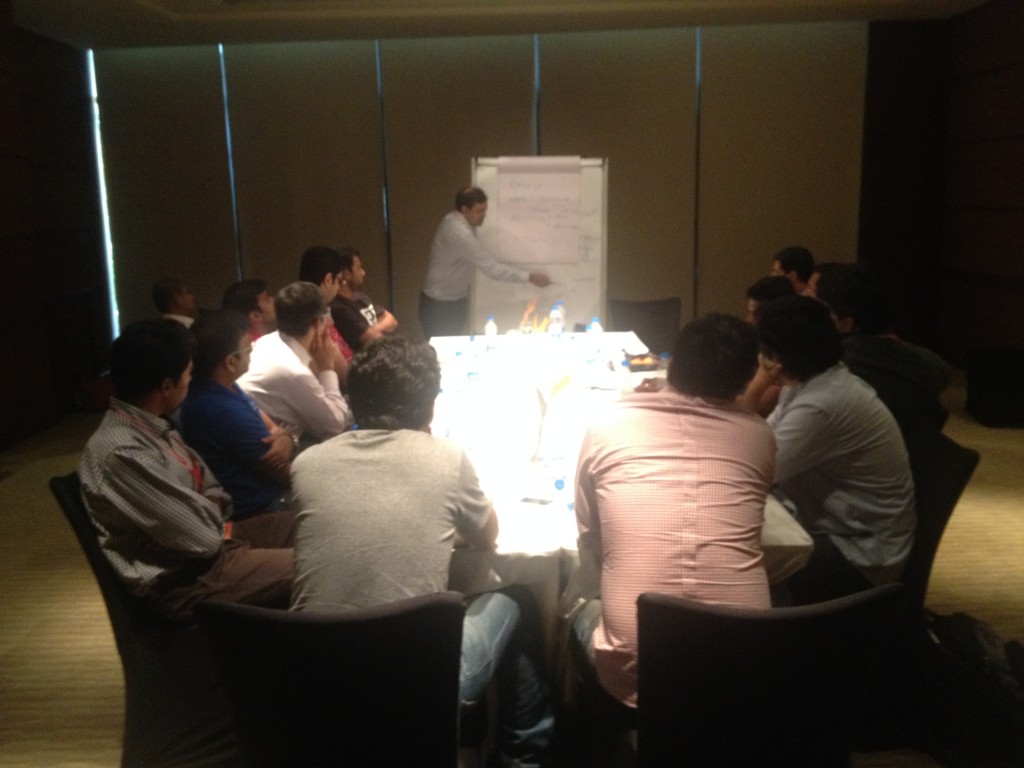 To give you a taste of how things play out in the real world:
To give you a taste of how things play out in the real world:
When we started PriceBaba back in 2012, mobile apps were a good to have, desktop traffic was bulk of Internet usage and little did i know that India is on the verge of such massive investments in online shopping. Over 2 years later, the story is very different. Mobile is huge (both web and apps), online shopping is real and consumer Internet in India and the investment landscape which was looking slow between 2012-2014 has picked up crazy momentum.
For a startup that is bootstrapped, at an accelerator or even seed funded stage, getting the product market fit, raising funds to survive, hiring good techies and dealing with an uncertain market which is changing fast is a daunting task. If you add to that the learning curve involved to make things successful, you would know why I appreciate this Product Management PlaybookRT by iSPIRT so much.
The Product Management #PlaybookRT
Amit and Rahul kicked off the session by helping us define our product vision (and separating it from the company vision and mission). We were asked to make a 30 sec pitch by each of us on our product vision along with two things that we would never do. Both Amit and Rahul played devils advocate and helped us think through what we are doing. Learning: A quick dipstick to check if your product vision is well defined, ask employee no 20! If they can define it well in your (founders) absence, then you have set your product culture right.
Stack rank your requirements. What is the single most important thing you? Rahul suggested us that things can’t move forward till we stack rank our priorities. We must know what is the most important thing that we do. A somewhat heated discussion was on how important the user interface of a product is for being successful. Should we fret about having the best UX out there or build a product that is very compelling, offers a better price than competition and delivers what is promises reliably? To cut short on what could be a day long debate, here are two independent bits I picked up from our facilitators. i) If you are offering something that no one else can, your consumer will also use a command prompt to get it. ii) Your Apps UX is much more important than what it was a few years back and it is getting more and more important by the day. But that may not be the lone factor in getting a winner out there. That said, don’t purposely try to build a bad UX 😉
The user experience is not just defined by what the user does on your mobile or web interface. It is every touchpoint that the consumer has with your brand / service. It is the whole packaging of what a user goes through. For a e-commerce site it would go down to the professionalism and courtesy of their delivery boys. Similarly, when taking a view of product, the challenge isn’t always about getting that killer UX designer to work on your mobile app. It is really defining what your product does and how.
Each of us got enough time to define our key metrics and find ways of measuring them. With my experience I can surely tell you that it is indeed true that which ever metric you track on a day to day basis, improves quite magically 🙂
Tips on collecting feedback & effective product management:
- Take feedback from your extreme users. Either the ones who are very naive and would ask very basic questions. Or from the extreme users who would want every pro feature out there
- Group users by commonality. Set goals for users who perform well. So track a users life journey within your app, figure key milestones and set them as goals. Optimize for these goals. So if you know that a user who completes Level 1 of your game, is most likely to play till Level 4, try to optimize such that you acquire users who will complete Level 1
Apart from the evergreen Google Analytics which is great for averages, tools like Mixpanel, Kissmetrics and Wizrocket are great for digging into specifics. You may want to give them a spin. You may also want to check Dave McClures talk on Startup Metrics for Pirates.
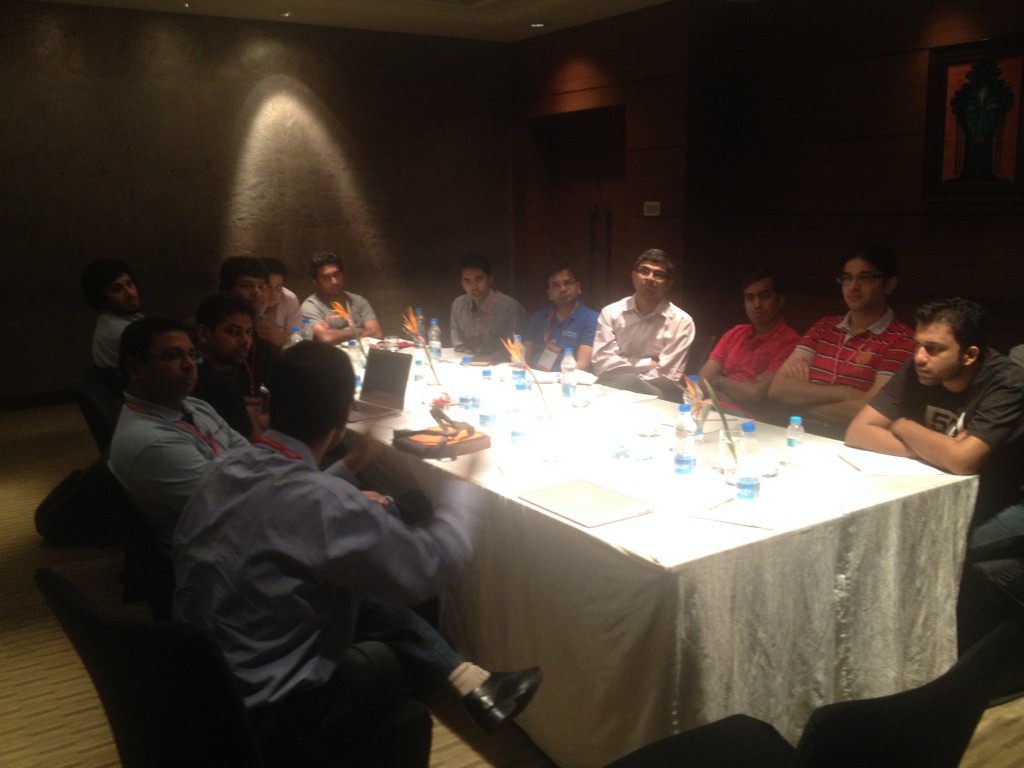
Hiring. The Big Deal.
So the tired entrepreneur in you is thinking already, when can I hire someone to take some of my money and all my product problems? Well, well not so soon! Product Managers come in various flavours and to begin with, YOU are the PM. Hiring a lead product manager is tough and transition is not easy. You need folks who are curious, bring product insight, are analytics, can be strategic and can work with really smart engineers. This is an individual that blends great communication skill and simplicity. So where do you find such a mahapurush?
Amit suggested a good strategy of hiring young grads and train them to become good PMs in a year. They will love the opportunity at the start of their career and won’t burn a big hole in your pocket. That said, a dedicated product lead will take over the duties from the founder(s). This would ideally happen at a later stage for most of us attending the Roundtable. The three flavors of Product Managers are:
i) A Project Manager who will get your task list executed
ii) A product manager who will get the job done but won’t give a new direction to the part they are leading – the CEO holds the strings. Also example of Windows OS where changing one aspect as per will of a Product Manager won’t fly, it would need the to go hand in hand with the whole OS
iii) The Business Owner – Give this product manager your metrics and let him/her chase it down for you with full ownership
^cheat sheet: Google for questions asked to Product Managers at Google / Amazon / FB 🙂
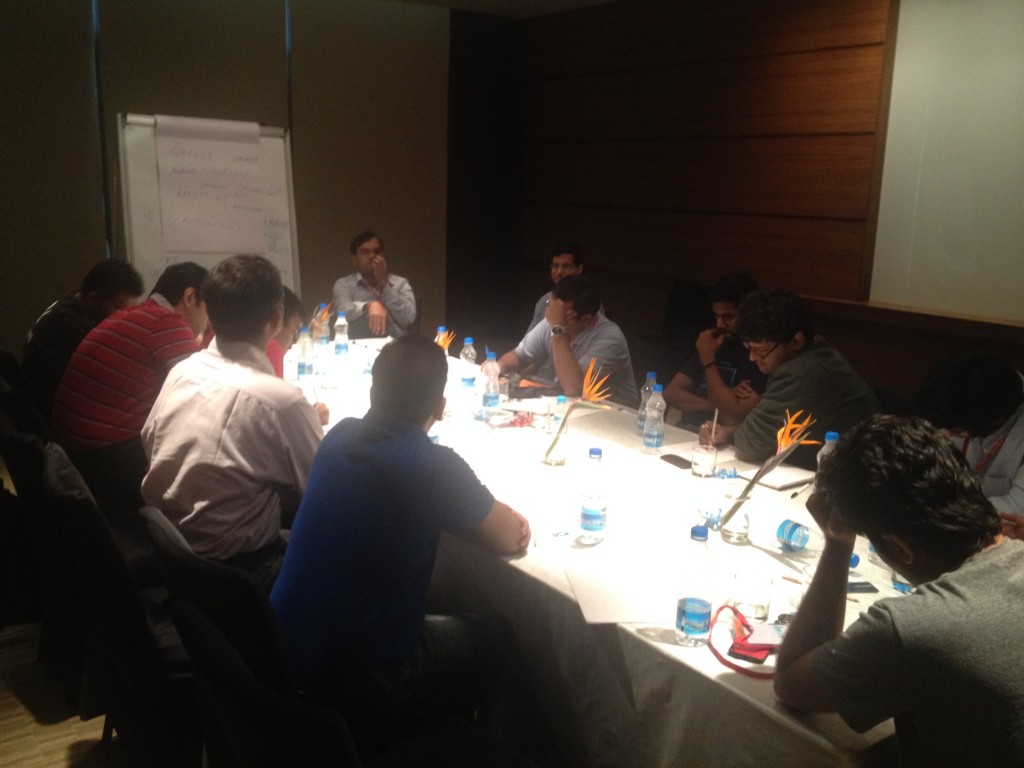 Best Practices For Product Development:
Best Practices For Product Development:
i) The Amazon Approach – Write a press release before starting the product development. Also read this by Ian McAllister of Amazon:
ii) Before you launch the product, predict the no of users your new product / feature would have for the next week & month. Define the usage metrics
iii) Have extreme clarity in goals, let people make mistakes but own the job
iv) Questions to ask yourself – Is this world class? Can an engineer look this up and build it in 2 days? Why are you uniquely positioned to do that?
Also appreciate if someone else has users and learn as to why they have users for what they have built. You can learn a lot from that. Eg: Google & Apple learnt about good features that would eventually go into their OS by looking at some trivial but popular apps on their App Stores.
Books recommended by Amit and Rahul:
- The innovator’s dilemma by Clayton M. Christensen
- Start with why by Simon Sinek (also the TED talk by Simon)
- Profit from the Core: Growth Strategy in an Era of Turbulence by Chris Zook
- Only the Paranoid Survive: How to Identify and Exploit the Crisis Points that Challenge Every Business by Andrew Grove
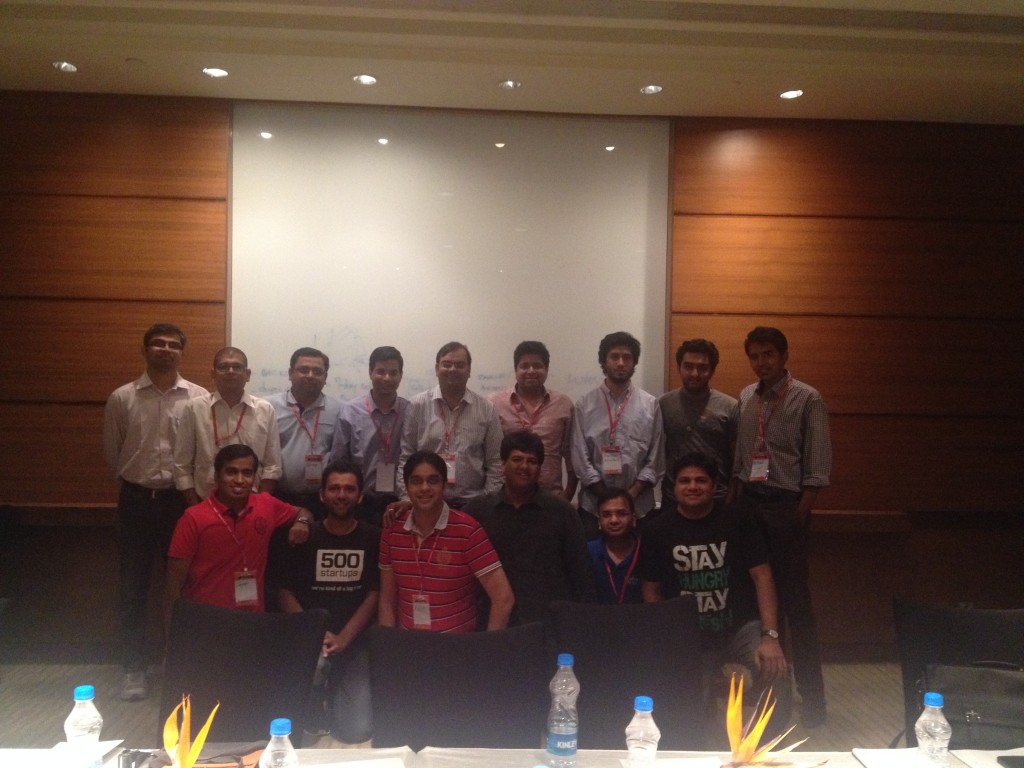
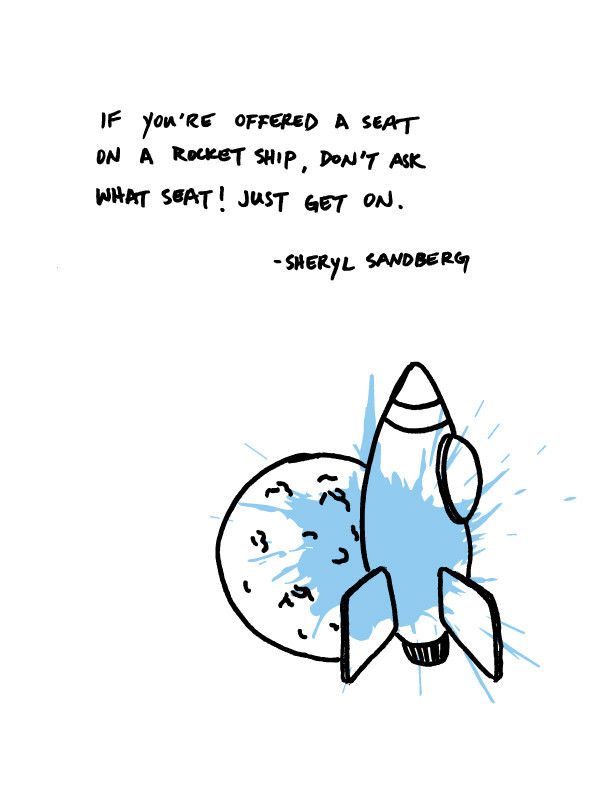


 To give you a taste of how things play out in the real world:
To give you a taste of how things play out in the real world:
 Best Practices For Product Development:
Best Practices For Product Development: 